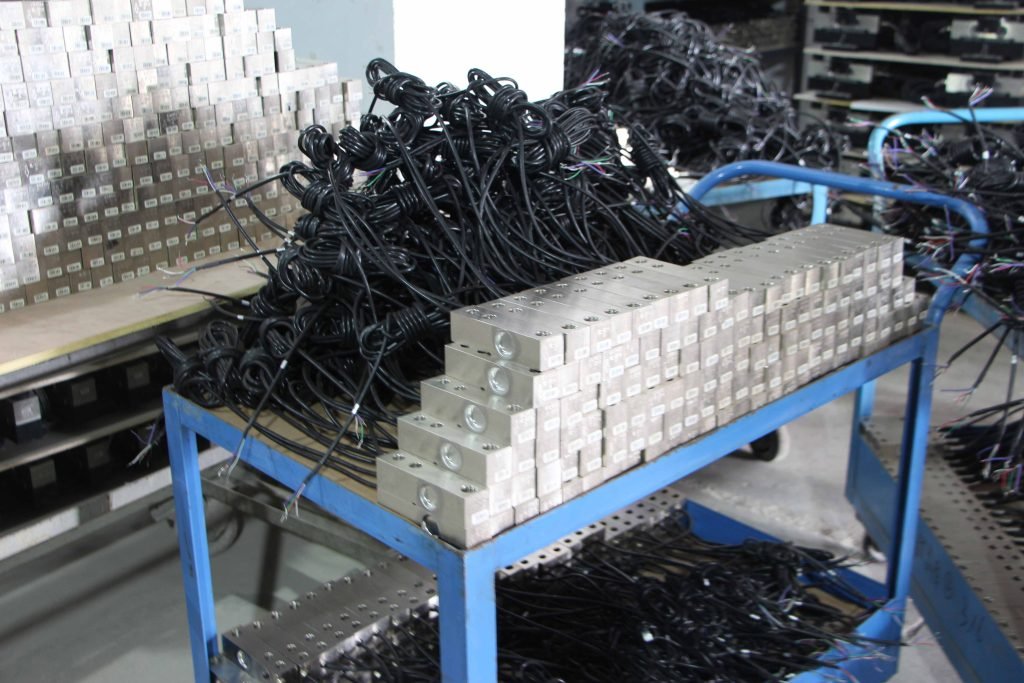sensing wire
A sensing wire is a type of cable that is used to connect a sensor to an actuator. Sensing wires are often used in industrial applications, such as in manufacturing plants or warehouses. They are also used in some medical applications, such as in hospitals and clinics.
Мазмұны:
- What is a sensing wire and what are its applications?
- Types of sensing wires: Mechanical, thermal, химиялық, оптикалық
- Potential applications of sensing wires: Robotics, medical, security
- Current limitations of sensing wires: Мөлшер, bandwidth, power

What is a sensing wire and what are its applications?
A sensing wire is a thin, insulated wire with one or more sensors at one end and a controller or data acquisition system at the other. Sensing wires are used in a variety of applications, such as industrial automation and process control, medical diagnostics and monitoring, traffic control, and home security.
A sensing wire is a cable made of a single conductor of high electrical and thermal conductivity, typically copper. It is used to transfer information between sensors and actuators in applications such as automated manufacturing, robotics, and control systems. Sensing wires are often embedded in a sensor cable for improved signal transmission.
Types of sensing wires: Mechanical, thermal, химиялық, оптикалық
The different types of sensing wires can be classified according to their physical mechanism of sensing: механикалық, thermal, химиялық, and optical.
Mechanical sensing wires are based on the principle of displacement or motion detection. In this type of wire, a change in the amount of strain or movement detected causes a change in voltage or current flow. Mechanical sensing wires are often used for industrial applications such as monitoring the speed and position of moving parts or for detecting changes in temperature.
Thermal sensing wires use the principle of heat detection. In this type of wire, a change in temperature causes a change in voltage or current flow. Thermal sensing wires are used for monitoring hot objects such as engines or controllers and detecting changes in room temperature.
Chemical sensing wires use the principle of chemical reaction detection.
Potential applications of sensing wires: Robotics, medical, security
Sensing wires have the potential to be used in a variety of applications, including robotics, medical, and security. Robotics can be used to create more dexterous machines by allowing them to sense their surroundings. Мысалы, a sensing wire could be used in a robotic arm to help it navigate around an obstacle. Medical applications include using sensing wires to monitor heart rates or blood pressure. Security applications include using sensing wires to detect the presence of explosives or intruders.
Current limitations of sensing wires: Мөлшер, bandwidth, power
Wireless sensing has been widely used in many fields such as smart home, industrial automation, and medical monitoring. However, there are some limitations of wire-based sensors that need to be addressed before they can achieve widespread adoption. Мысалы, wire-based sensors have limited bandwidth and power. This limits the range at which they can detect signals and the amount of data they can collect. Қосымша, wire-based sensors are often too large and heavy to be practical for use in mobile devices or other portable applications. These limitations will need to be addressed if wireless sensing is to become a mainstream technology.
Қорытындысында,а sensing wire is a thin wire that is placed inside a medical device in order to detect changes in pressure, temperature, or other physical properties. This wire can then be used to control the functioning of the device, or to monitor its health.
stretchy wire that can be used to sense movement and pressure. This innovative technology could be used in a variety of applications, from security systems to medical devices. So don’t wait – start creating sensing wires today!
